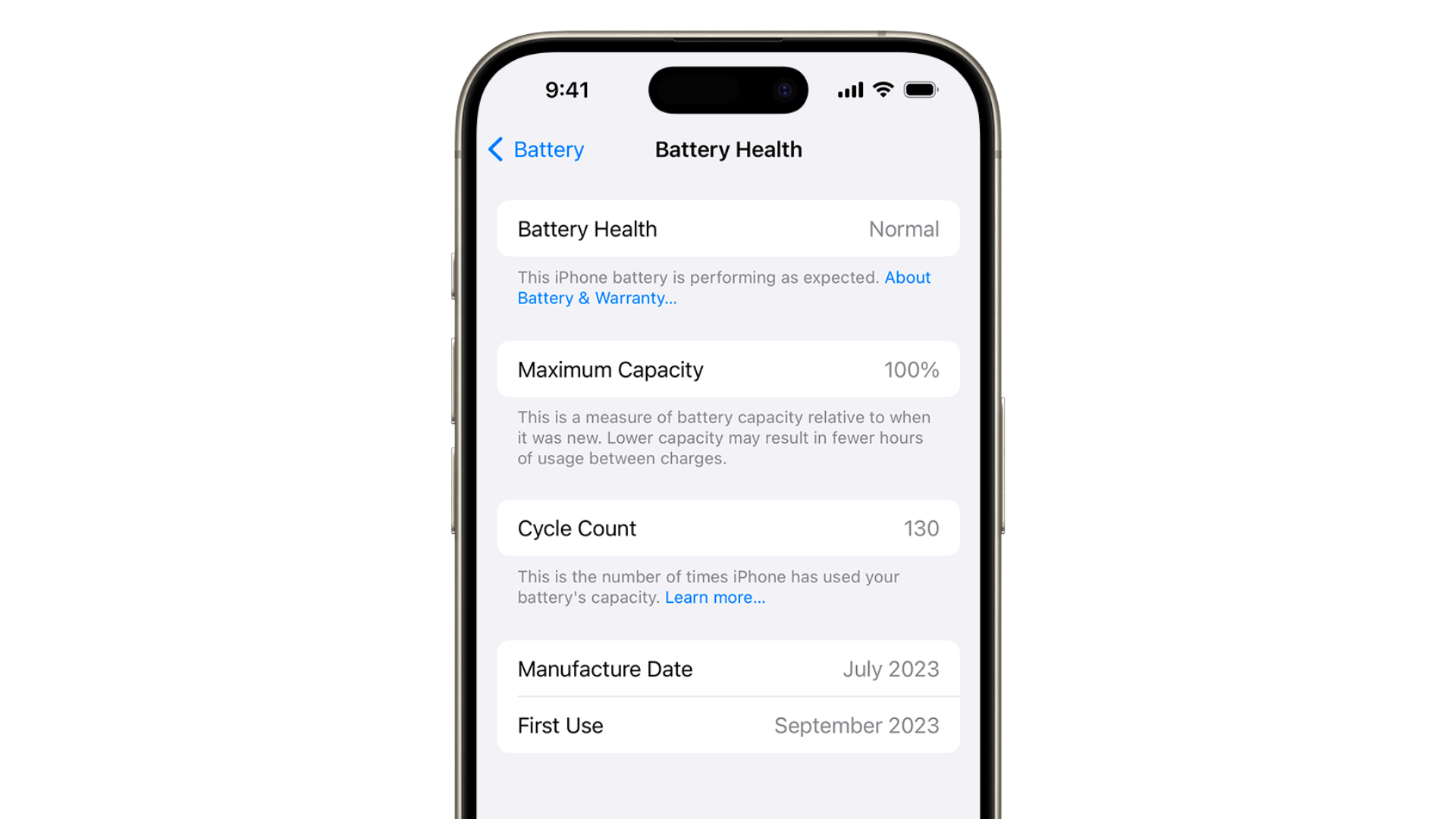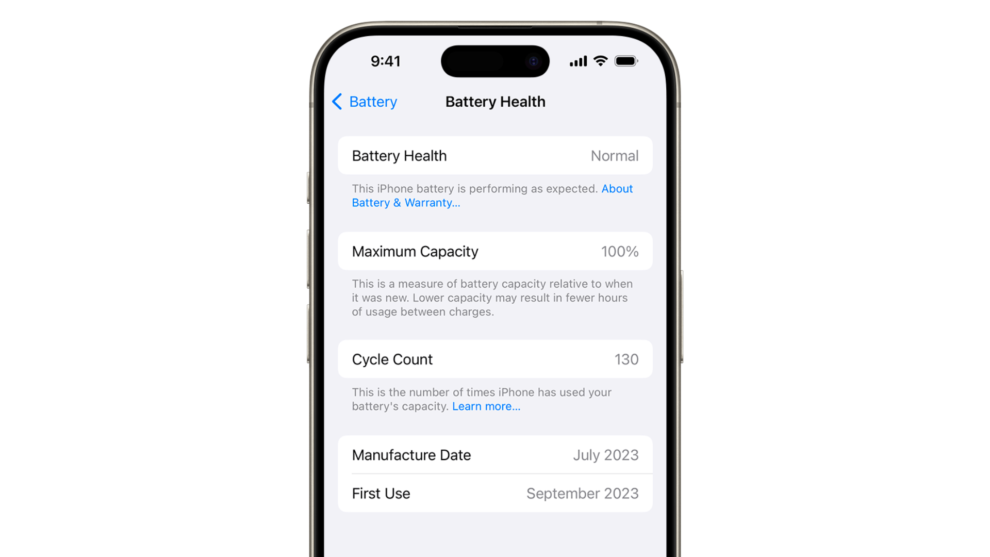Apple’s latest iOS 17.4 update has brought a significant enhancement to iPhone 15 users, enabling them to keep a closer eye on their device’s battery health. This new feature is part of Apple’s ongoing efforts to provide users with more detailed information about their device’s performance and health.
Key Highlights:
- iOS 17.4 allows iPhone 15 users to limit the maximum battery charge to 80% to preserve battery health.
- Users can now access detailed information about their battery’s health, including its cycle count and the date it was first used.
- This update is exclusive to iPhone 15 models, with no current plans to extend these features to older devices.

The introduction of a new tool that shows if your iPhone 15’s battery health is normal is a significant update for users who are conscious about maintaining their device’s longevity. This tool, part of the iOS 17.4 update, offers several features aimed at extending the battery life and performance of the iPhone 15.
The new battery health features for the iPhone 15 include the ability to view detailed battery health information directly in iOS settings, without the need for third-party tools. Users can check the battery’s cycle count—a metric that indicates how many times the battery has been charged from 0% to 100%—and other relevant details such as the battery’s manufacture date and first use date. Additionally, a notable feature is the option to limit battery charging to 80%, aiming to slow down battery aging by avoiding full charges.
However, these advancements have sparked discussions within the Apple community, particularly regarding the exclusivity of these features to the iPhone 15. Some users speculate that technical limitations or marketing strategies might be reasons for not extending these features to older models, despite the fact that battery cycle count information has been accessible through third-party applications for years.
Critics argue that stopping the charge at 80% might not significantly extend the battery’s lifespan and could inconvenience users by reducing the usable battery capacity on a daily basis. Despite this, experts in battery technology affirm that limiting charge levels can indeed prolong battery life by reducing stress and wear on the battery, especially for users who don’t regularly deplete their battery below 20%.
In conclusion,
The iOS 17.4 update with its new battery health tool represents Apple’s effort to give iPhone 15 users more control and information over their device’s battery health. While the decision to limit these features to the iPhone 15 has been met with mixed reactions, the move underscores Apple’s focus on enhancing user experience through software updates. The introduction of these features could potentially set a new standard for battery health management in smartphones, although it remains to be seen whether these tools will be made available to older iPhone models in the future.


















